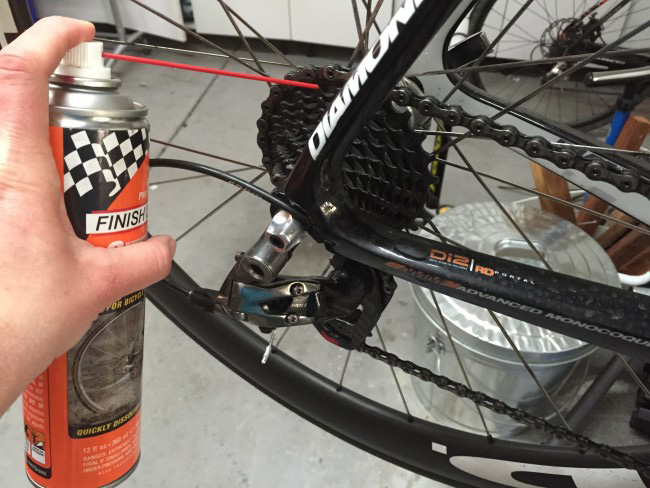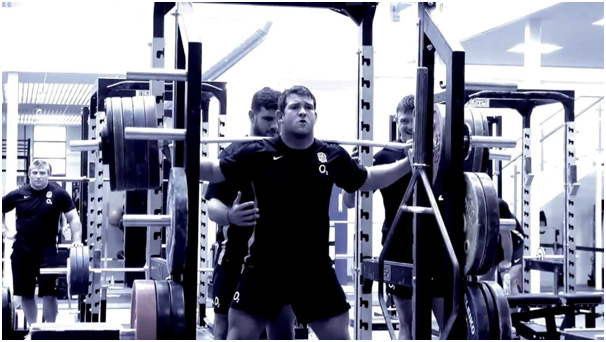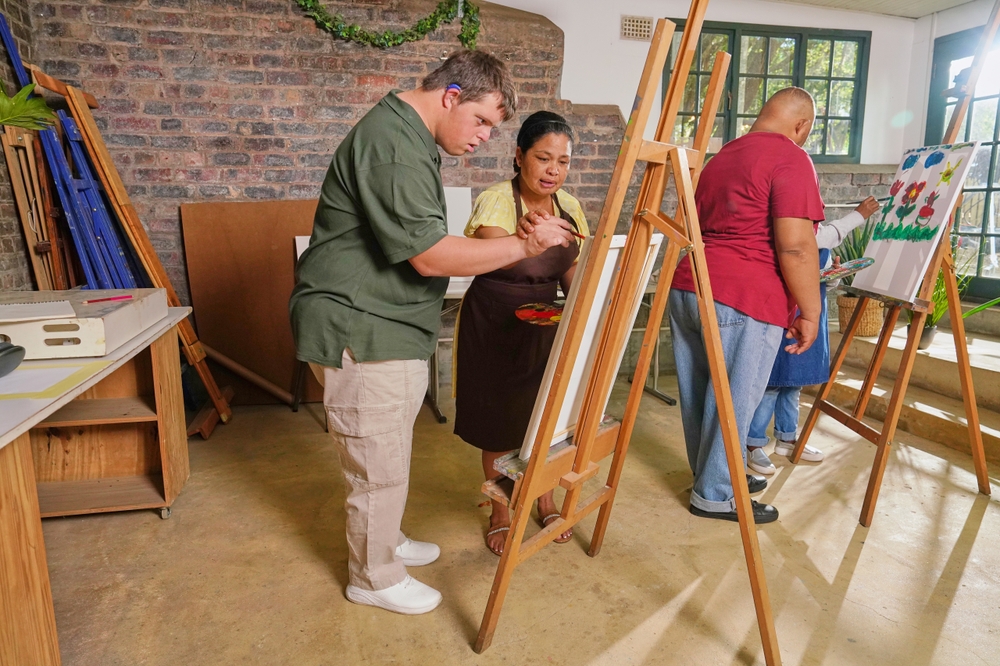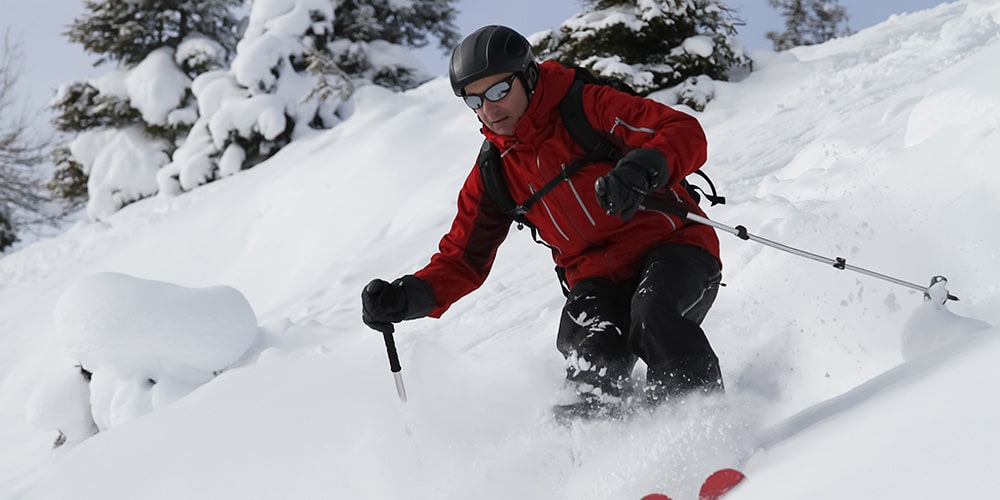Just wiping your bike down is not sufficient to clean off all of the salts and if you sweat a lot you should do a thorough wash and inspection after every ride. It only takes about 15-minutes and will keep your machine at peak performance and avoid unnecessary damage.
Most of the bearings on good quality bikes are set in a cartridge and don’t need much attention. The finishes and factory-lubricated parts are ready for extreme use and will last well if you keep your bike clean. Avoid using solvents on dirt and grease because they can damage the finish, plastic or carbon. This is what you’ll need:
- small bucket
- soft-bristle car-washing brush with a 15-inch handle
- mild liquid detergent
- soft cotton rags
- chain lube
Cleaning
- First of all rinse off the whole bike, including the handlebars and seat.
- Don’t use high pressure around the hubs or the bottom bracket, headset and shifters.
- Next, fill the bucket with water and a small amount of soap.
- Take the soft brush and gently scrub the seat, frame, wheels.
- Pay special attention to the brake surfaces and the brakes.
- Don’t do the chain and front chaining at this stage or your brush will get too greasy.
- Then rinse off and dry your bike with cotton rags or just leave it to air dry.
Lube the Chain
Wipe the chain thoroughly with a thick rag, until all the grease is gone. Then put some lube on a small area of clean rag and wipe the chain rings, rear cassette and all other greasy parts clean. Scrape off any chunks of gunk off the derailer pulleys.
Inspecting for Damage
This is a part of bike maintenance I do after every ride, no matter how tired I am. So, check your tyres for cracking or stuff stuck to them, like pieces of glass and such. Look the frame over for cracks, dents and scratches.
I always cover scratches with clear nail polish to stop corrosion from starting. If the shop-girl looks at you funny when you’re buying nail polish, do what I do and say – No it’s not for me, it’s for my _boy_friend!

Check your wheels are true and if you’ve got a stand, check the gear shifting. Don’t forget to inspect all the cables for signs of wear or cracks. Prevention is better than cure and all that and keeping your bike clean and in good repair means it’ll last longer and always be ready to carry you to victory!
Date Published: Wednesday, September 7, 2016
Locate a Mobile Physiotherapy
Service Near me
Get the experience & convinence you deserve to support your or a loved one's allied health needs.
Our Mobile Physiotherapy team are currently serving & taking appointments in the following states and regions in Australia:
New South Wales
- Blacktown
- Blue Mountains
- Campbelltown And Macarthur
- Canterbury-Bankstown
- Eastern Suburbs Sydney
- Georges River
- Hawkesbury
- Inner East Sydney
- Inner West Sydney
- Lake Macquarie
- Lower North Shore
- Newcastle
- Northern Beaches
- North Sydney
- Parramatta
- Penrith
- Southern Highlands
- South West Sydney
- Sutherland Shire
- Sydney CBD
- The Hills Shire
- Upper North Shore
- Waverley
- Wollongong
Tasmania
Victoria
Need to get into direct contact with ur Client Services team? We're all ears. Call our team directly on 1300 731 733






